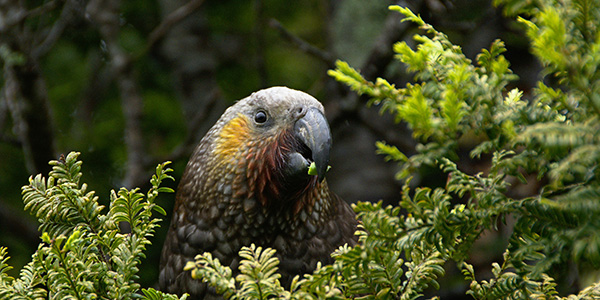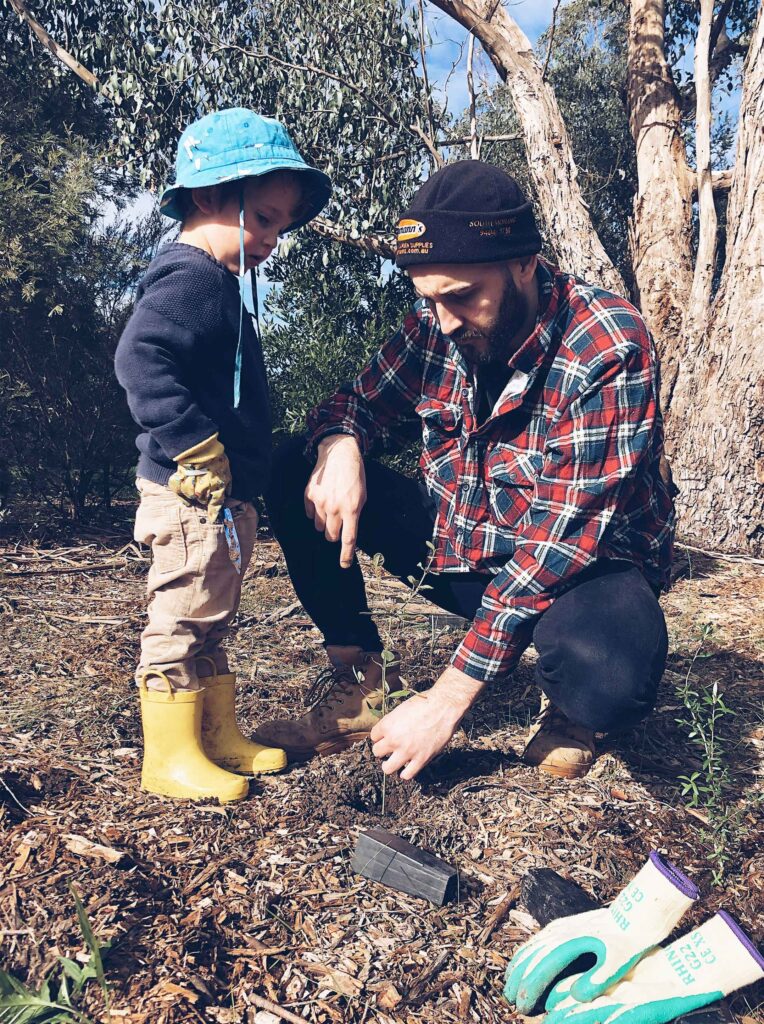TYC takes native planting to the next level by making it easy with our knowledge and experience. For some they make this a tough assignment with much information and technical terms and concepts.
Native planting serves important ecological and environmental functions including:
We make it easy; we design, implement, monitor and educate. We’ve been doing this for a while; we can walk you through the process.
Learn more about our thought processes and how we easily break down a planting project into specific areas for clarity and planning.
Site assessments evaluate the current condition of potential riparian areas, including soil type, hydrology, existing vegetation, and potential erosion. Based on our evaluation, we develop customised planting plans that address the unique characteristics and goals of the site.
We collaboratively execute the planting plan and plant native vegetation along the riparian zone using planting techniques to ensure the establishment and long-term success of the plants. This may include site preparation, planting layout design, planting methods (e.g., container plants, bare-root plants, or seedlings), and, where needed, implementing erosion control measures.
We look to implement erosion control solutions to stabilise soil and prevent erosion along the riparian banks. This may involve installing erosion control blankets, coir logs, biodegradable erosion control mats, or other bioengineering techniques to protect newly planted vegetation and enhance stability.
We design and implement habitat creation to promote biodiversity and ecological function within riparian areas. This may include creating diverse plant communities, incorporating habitat features such as logs and brush piles, and establishing wildlife-friendly corridors along waterways.
We provide ongoing maintenance to ensure the health and vitality of riparian plantings over time. This may involve tasks such as weed and irrigation management, pruning, mulching, and monitoring for signs of plant health issues or invasive species encroachment.
We like sharing our knowledge, engaging with stakeholders and landowners to raise awareness about the importance of riparian restoration and providing educational resources on best practices for riparian planting and stewardship. This could include workshops, events, and educational materials tailored to different audiences.

TYC takes native planting to the next level by making it easy with our knowledge and experience. For some they make this a tough assignment with much information and technical terms and concepts.
We make it easy; we design, implement, monitor and educate. We’ve been doing this for a while; we can walk you through the process.
Plants help stabilise the soil along water bodies, reducing erosion caused by water flow and protecting against bank collapse.
Vegetation acts as a natural filter, trapping sediments and pollutants from runoff before they enter the water. Plants absorb excess nutrients such as nitrogen and phosphorus, helping to improve water quality.
Healthy native zones can contribute to climate change adaptation by providing resilience against extreme weather events, such as floods and droughts.
Planted zones provide crucial habitats for various plant and animal species, including many species of birds and amphibians. Planting native species in riparian areas can enhance biodiversity and support ecosystem health.
Native zones enhance the beauty of natural landscapes, providing opportunities for activities such as hiking, birdwatching, fishing, and photography. Areas can promote mental and physical well-being by providing spaces for relaxation and connection with nature.
Vegetation can help mitigate the impacts of flooding by absorbing excess water and slowing its flow, reducing the risk of downstream flooding.
